Silicon Valley’s Top 10 Tech Security Strategies Unveiled
Silicon Valley, often referred to as the tech capital of the world, is home to some of the most innovative and influential technology companies on the planet. These companies not only house cutting-edge technologies and intellectual property but also valuable assets and data that make them prime targets for security threats. To safeguard their facilities and maintain the confidentiality and integrity of their operations, tech giants in Silicon Valley have adopted robust multi-layered security strategies. In this article, we delve into the sophisticated security measures employed by these companies.
Understanding the Importance of Multi-Layered Security
Tech companies in Silicon Valley understand that relying on a single security measure is insufficient to protect their sprawling campuses and critical data centers. Instead, they employ a multi-layered approach that encompasses various security elements, creating a comprehensive defense system.
Perimeter Security
The first line of defense begins at the perimeter of their facilities:
1. Access Control Systems
Tech giants use advanced access control systems that require biometric verification, smart cards, or PIN codes for entry. These systems track and manage who enters and exits the premises, ensuring only authorized personnel have access.
2. Fencing and Barriers
High walls, fences, and barriers secure the outer perimeters of their campuses. These physical deterrents prevent unauthorized individuals from gaining access.
3. Surveillance Cameras
Strategically placed surveillance cameras provide 24/7 monitoring of the perimeter. These cameras are equipped with analytics to detect suspicious activities and intrusions.
Building Security
Once inside the facility, additional layers of security are in place:
4. Biometric Access Points
Sensitive areas are protected with biometric access points, such as fingerprint and retina scanners, ensuring only authorized personnel can enter.
5. Intrusion Detection Systems
Intrusion detection systems are installed throughout the building, alerting security teams to any unauthorized access attempts or security breaches.
6. Security Personnel
On-site security personnel, often backed by state-of-the-art technology, provide a human element to security. They monitor access, respond to alarms, and ensure a rapid response to any incidents.
Data and Cybersecurity
Protecting digital assets and data is paramount:
7. Cybersecurity Protocols
Tech companies invest heavily in cybersecurity measures to protect their networks, servers, and data from cyber threats. This includes firewalls, intrusion detection systems, and regular security audits.
8. Redundant Data Centers
Critical data is stored in redundant, geographically dispersed data centers to ensure continuity of operations even in the event of physical or cyber attacks.
Emergency Response
Comprehensive emergency response plans are in place:
9. Rapid Response Teams
Tech companies maintain rapid response teams trained to handle various emergencies, from medical incidents to security breaches.
10. Evacuation Protocols
In the event of a threat or disaster, well-defined evacuation protocols ensure the safety of employees.
Collaborative Efforts
Tech companies often collaborate with local law enforcement and share threat intelligence to enhance overall security.
Conclusion
Tech companies in Silicon Valley recognize that safeguarding their facilities requires a multi-faceted, proactive approach. By implementing multi-layered security strategies that encompass physical security, cybersecurity, and emergency response, they fortify their defenses against a wide range of threats. As a result, these companies not only protect their valuable assets but also ensure the continued innovation and progress that have made Silicon Valley the global tech hub it is today.

